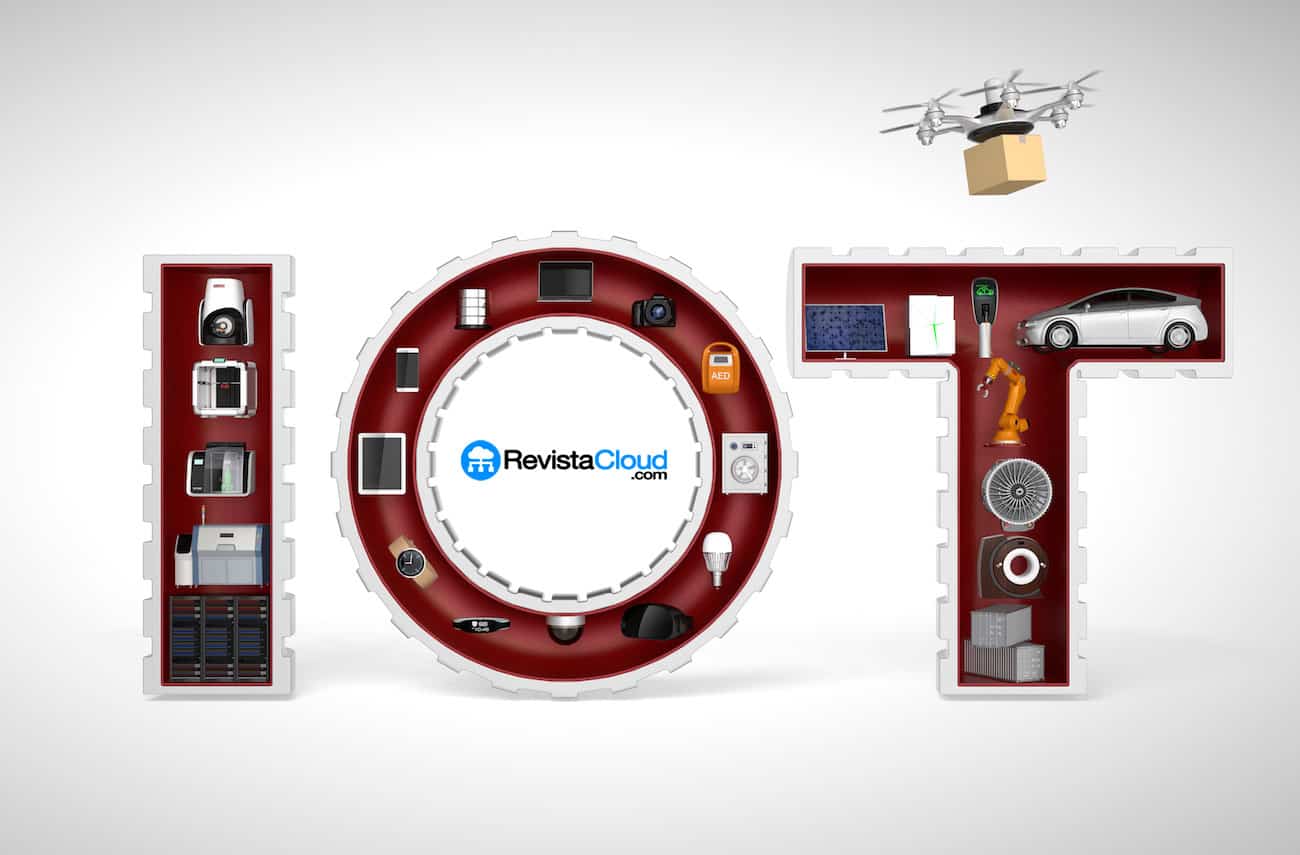In popular imagination, the Internet of Things (IoT) is often reduced to “smart devices connected to an app.” However, this simplistic view barely scratches the surface of a much more complex ecosystem that combines hardware, networks, data processing, and user interfaces to deliver reliable and scalable solutions.
In practice, behind any IoT product — from a smart thermostat to an industrial monitoring system — there is a four-layer architecture that enables the collection of information from the physical world, its transmission, processing, and transformation into automated decisions.
1. Sensing Layer: where it all begins
This is the system’s foundation and the point where data is generated. Here, physical objects, sensors, and embedded devices interact to capture environmental signals:
- Temperature, pressure, motion, light, gas, proximity, or biometric sensors.
- Actuators like motors, relays, and pumps that execute actions based on system decisions.
- Environmental interfaces such as GPS modules, RFID, barcodes, or cameras that enable geolocation, identification, and computer vision.
- Edge devices (Arduino, Raspberry Pi, microcontrollers) for local preprocessing, reducing latency and bandwidth consumption.
The trend at this layer is integrating AI capabilities directly into the sensors (Edge AI), allowing preliminary analysis without relying on the cloud.
2. Network Layer: the invisible messenger
Once data is captured, it needs to travel securely and efficiently. The network layer acts as the transmission bridge between the physical world and processing platforms:
- Communication technologies: Wi-Fi, Bluetooth, Zigbee, LTE, 5G, NB-IoT, or LoRaWAN, each with its advantages in range, power consumption, and speed.
- IoT gateways that serve as aggregation and protocol conversion nodes.
- Communication protocols like MQTT, CoAP, HTTP, or AMQP, essential for lightweight and reliable transport.
- Security and compression to optimize data size and protect information in transit.
- Cloud connectivity through services like AWS IoT Core, Azure IoT Hub, or Google Cloud IoT Core, facilitating integration with enterprise infrastructure.
A robust network design not only prevents bottlenecks but also ensures data integrity and availability.
3. Data Processing Layer: where intelligence is born
This is where IoT transitions from simple data collection to becoming an intelligent system. Incoming information is filtered, validated, stored, and analyzed to extract actionable insights:
- Processing units (microprocessors, GPUs, edge AI chips like NVIDIA Jetson).
- Machine learning models for prediction, classification, and anomaly detection.
- Storage systems: cloud databases, data lakes, time-series databases like InfluxDB or MongoDB.
- Analytics engines like Apache Spark, Kafka, Flink, or Azure Stream Analytics for real-time large-volume data processing.
- Advanced security: access validations, audits, and anomaly monitoring.
With the advent of generative AI and multimodal models, this layer is evolving towards hybrid environments where processing is distributed between the edge and the cloud, balancing latency and compute capacity.
4. Application Layer: the face of IoT
This is the end-user-facing part, where users interact and observe. Business functions and graphical interfaces convert complex data into understandable information:
- Intelligent applications: from industrial automation dashboards to telemedicine or smart home platforms.
- User interfaces: mobile apps, web dashboards, voice assistants.
- Integrations with corporate systems (CRM, ERP) and analytical platforms via APIs and webhooks.
- Device management tools for remote configuration, firmware updates, and status monitoring.
- Automation and AI: executing rules, generating alerts, and integrating robotic process automation (RPA).
At this level, the key value lies in delivering seamless, personalized experiences where the technical complexity of the underlying layers translates into intuitive, impactful solutions.
Scale-wise, IoT requires thinking in layers rather than just functionalities. Developing a resilient IoT system involves thoughtfully designing each layer, not just adding sensors and connecting to an app, but creating an integrated ecosystem capable of handling data acquisition, decision automation, security, scalability, and sustainability.
In the realms of industrial IoT, smart cities, and connected healthcare, true innovation goes beyond hardware or software in isolation. It resides in how these four layers are orchestrated to deliver reliable, rapid, and secure services.

